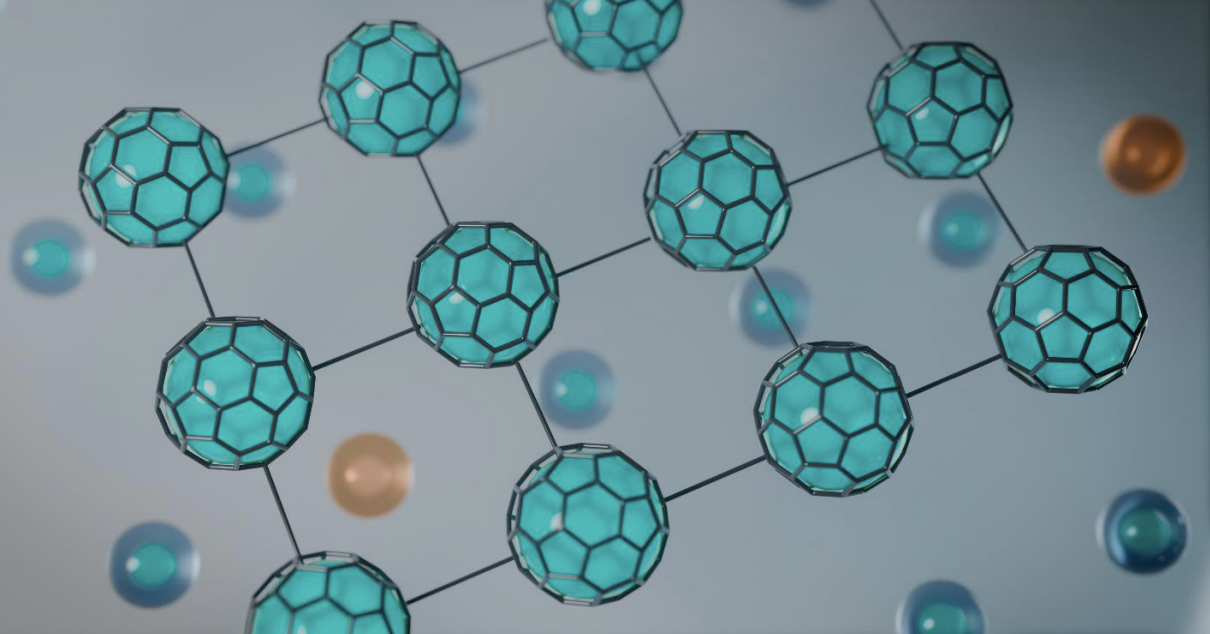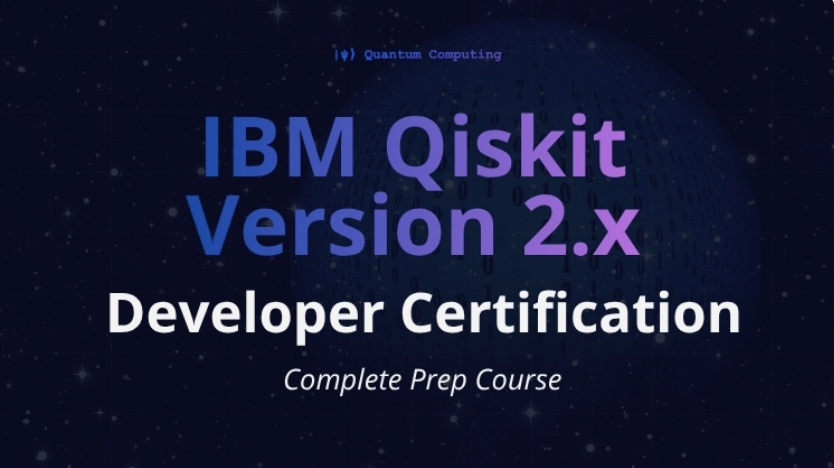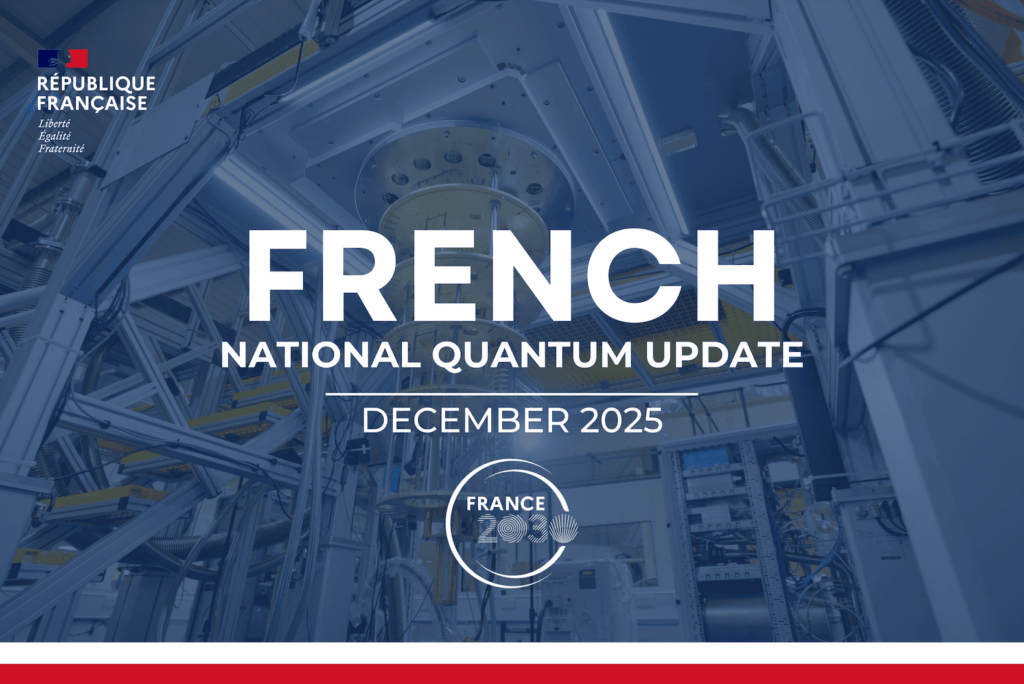Insider Brief
- Microsoft and Quantinuum achieved a new record by entangling 12 logical qubits with the highest fidelity ever recorded, advancing quantum error correction.
- This advance improves quantum computing’s reliability, demonstrating error rates 800x better than physical qubits and making complex real-world applications, like chemical simulations, more feasible.
- Microsoft plans to offer early access to its fault-tolerant quantum hardware through Azure Quantum, combining quantum computing with AI and classical computing to solve intractable problems across industries.
Microsoft announced in a blog and a research paper on the pre-print server ArXiv that the company and its collaborators have made a major advance in quantum computing, achieving the largest number of entangled logical qubits with the highest fidelity ever recorded. This development, made in collaboration with Quantinuum, is a significant step in the pursuit of scalable and reliable quantum computing.
Jason Zander, executive vice president of Strategic Missions and Technologies at Microsoft writes on its blog: “These results scale logical qubit computation—on ion-trap hardware—within our Azure Quantum compute platform. In addition, advancing toward scalable quantum computing necessitates not only reaching significant hardware milestones, but also proving that these improvements can address practical, real-world challenges.”
The company also announced in the blog post that it is offering priority access to this technology through its Azure Quantum platform, marking a significant step toward practical quantum applications in chemistry, physics, and beyond.

Major Findings: Error Reduction and Logical Qubit Reliability
Microsoft’s collaboration with Quantinuum yielded 12 entangled logical qubits, the largest number of its kind, with unprecedented fidelity. This achievement was made possible through improvements in Microsoft’s qubit virtualization system.
According to Zander, the company’s recent work builds on a blockbuster advance that Microsoft and Quantinuum announced in the spring.
Zander writes: “In April, we announced that we’re entering the next phase for solving meaningful problems with reliable quantum computers by demonstrating the most reliable logical qubits with an error rate 800x better than physical qubits.” He adds, “In less than six months, our improved qubit-virtualization system tripled reliable logical qubit counts.”
The advance goes to the heart of a primary challenge in quantum computing today: the unreliability of physical qubits, which are prone to errors due to their highly sensitive nature. Microsoft addressed this issue by creating logical qubits, which are collections of physical qubits working together to correct errors and maintain coherence.
According to the paper, the work was carried out on Quantinuum’s 56-qubit H2 quantum computer, where logical qubits were entangled in a complex state required for deeper quantum computations. This system achieved a 22-fold reduction in circuit error rates compared to physical qubits. This level of error correction, combined with the scale of logical qubit computation, represents a significant advancement in the field of quantum error correction.
“In general, our work is notable in showing multiple rounds of error correction on multiple code blocks, with more encoded qubits and a variety of logical operations—all at error rates an order of magnitude lower than the unencoded versions,” the researchers write in their research paper.
Real-World Implications: Chemistry and Beyond
One of the most promising real-world implications of these advances lies in their application to complex chemical simulations. Microsoft demonstrated the first end-to-end chemistry simulation using its reliable logical qubits, cloud-based high-performance computing (HPC), and artificial intelligence (AI). This simulation predicted the ground-state energy of a chemical catalyst, a task that would be impossible for classical computers to perform accurately due to the immense computational complexity involved.
“This marks a critical step towards ushering in a new generation of hybrid applications that will become increasingly impactful as quantum technologies scale,” Zander writes.
By combining quantum computing with AI and classical computing, Microsoft aims to accelerate scientific discovery, particularly in fields like chemistry, physics, and life sciences. These hybrid systems allow researchers to tackle classically intractable problems, including the development of more sustainable energy solutions and new life-saving therapeutics.
The potential applications extend beyond chemistry. The integration of quantum computing with Microsoft’s Azure cloud platform opens doors for a wide range of industries, from materials science to cybersecurity. Microsoft’s work demonstrates that hybrid quantum systems, which combine quantum and classical computing, will be essential for solving complex, real-world problems that cannot be addressed by quantum or classical computing alone.
Experimental Details: Qubit Virtualization and Error Correction
The success of this quantum milestone relied heavily on the development of Microsoft’s qubit virtualization system, which was integrated into Quantinuum’s hardware. In the experiments, Microsoft employed a fault-tolerance scheme known as the “tesseract” code, according to the paper. This code protects logical qubits by arranging 16 physical qubits into a four-dimensional (4D) hypercube structure, ensuring that logical errors are corrected efficiently.
The system works by encoding four logical qubits within 16 physical qubits, a method that balances qubit efficiency with error correction performance. According to the research paper from Microsoft and Quantinuum, the tesseract code “sacrifices two of the original six encoded qubits, simplifying fault-tolerant error correction and computation.”
By focusing on just four qubits, the error correction process is made more efficient, leading to a substantial reduction in error rates.
The team demonstrated five rounds of error correction during their experiments, significantly reducing the logical error rates by up to 24 times compared to unencoded circuits. This allows for more complex computations and deeper quantum circuits.
“Our fault-tolerance procedure rejects trials where an uncorrectable state is detected, with acceptance rates of at least 50%,” the researchers explained.
This ability to detect and correct errors on-the-fly is a critical feature in making quantum systems more reliable.
Limitations and Future Directions
While the advances in logical qubit reliability are significant, there are still several challenges that need to be addressed before large-scale quantum computing becomes a reality. One key limitation is the overhead required for error correction. The fault-tolerance procedure used in these experiments, though effective, requires postselection—meaning that multiple trials are needed to collect reliable data.
Another challenge is scaling up the number of logical qubits. Microsoft’s current work with 12 entangled logical qubits is a notable achievement, but scaling this to hundreds or thousands of logical qubits will require further innovation in both hardware and software. The research team at Microsoft acknowledges this and is working on improving the hardware’s connectivity and qubit fidelity.
Future Prospects: Commercial Quantum Applications
One of the next steps for Microsoft is to integrate these fault-tolerant qubits into larger quantum systems.
Looking ahead, Microsoft also plans to provide early access to its reliable quantum hardware through the Azure Quantum platform. By combining quantum computing with cloud-based AI and HPC, the company hopes to deliver practical quantum solutions to customers across a range of industries. This includes everything from drug discovery and materials design to national security and financial modeling.
Microsoft is also working on its topological qubit-based approach, which could provide a pathway to scaling quantum computers to millions of physical qubits. “A topological quantum computer could control over one million physical qubits on a single chip, with the ability to process information faster than other types of qubits,” Zander said.
You can read more in-depth about the logical qubit work in the company’s research paper on ArXiv.
You can also read more on the company blog and, for a more technical look, check out Krysta Svore’s blog post on the Microsoft Azure blog.

















